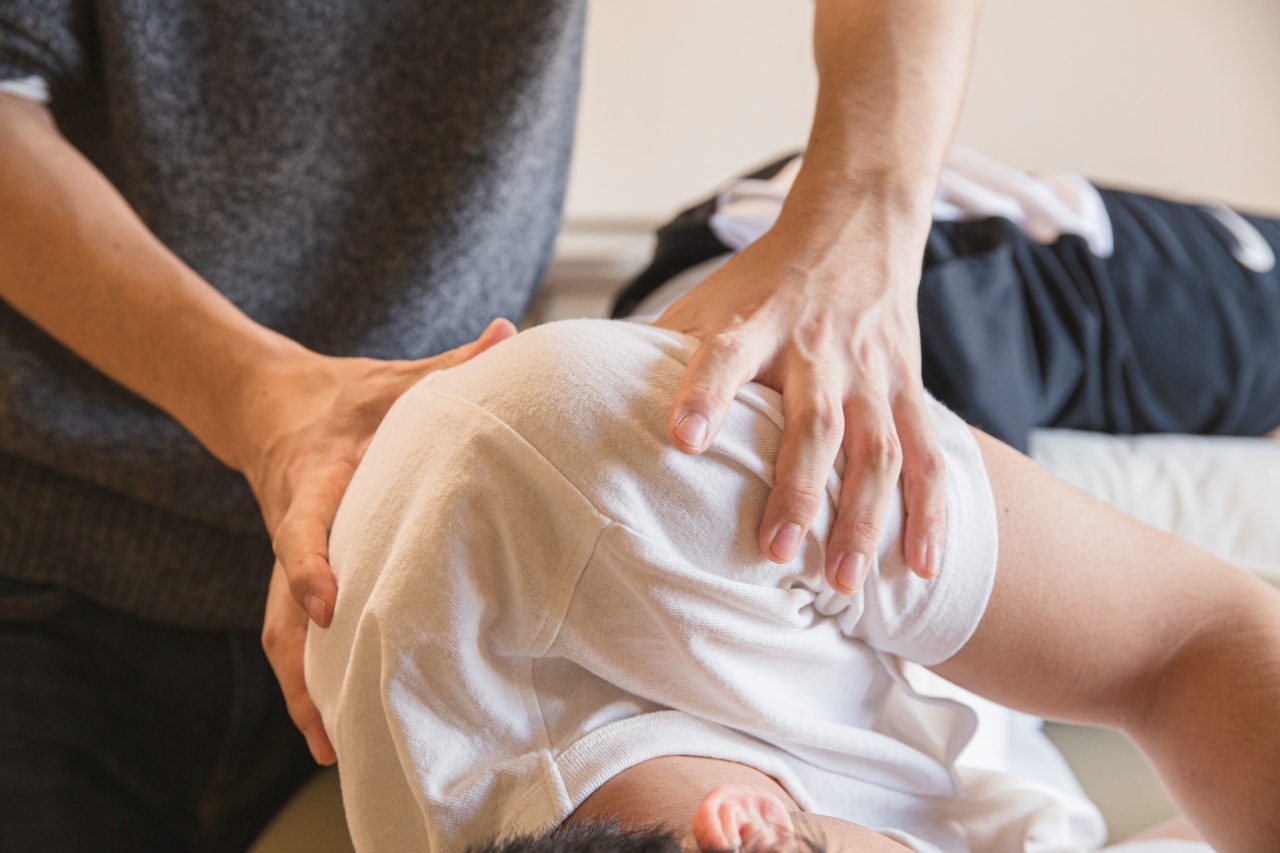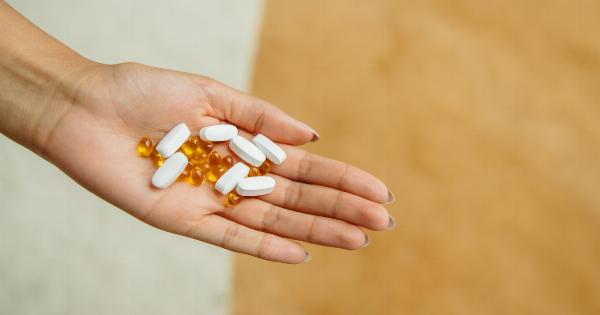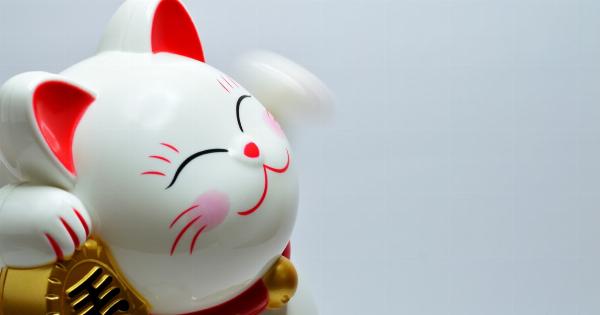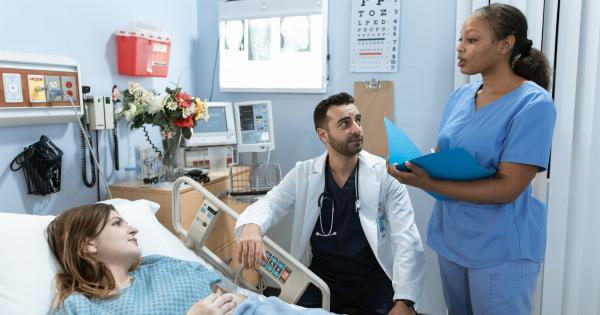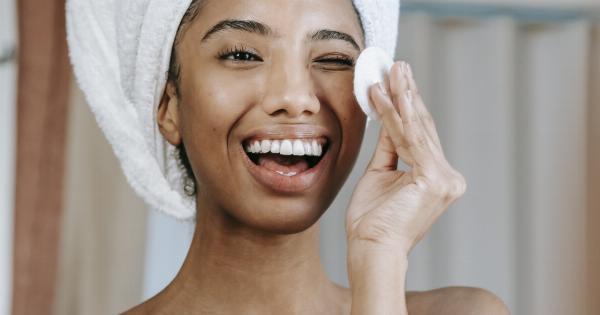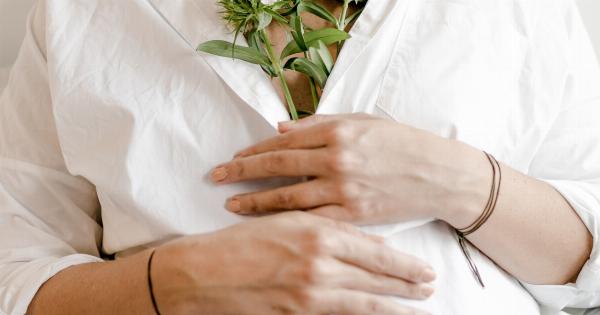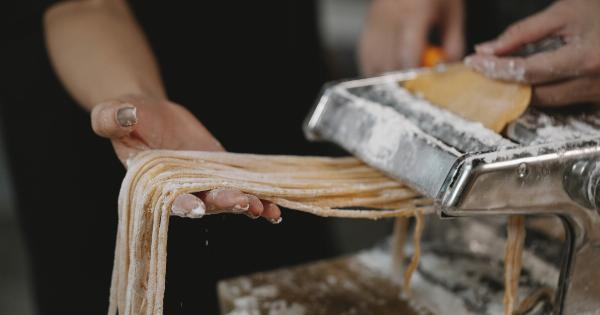Menstrual pain is a common symptom experienced by many women. For some, it may be a mild discomfort, while for others, it can be debilitating and interfere with daily activities.
Midsection menstrual pain, or cramps, is a type of discomfort felt in the lower abdomen and pelvic area during menstruation. Here are some tips and tricks for relief.
Heating pads and hot water bottles
Applying a heating pad or hot water bottle to the lower abdomen and pelvic area can help relieve menstrual cramps. The heat helps to soothe and relax the muscles, reducing the pain and discomfort.
Heat therapy works by increasing blood flow to the area, which can also help to loosen up tense muscles.
Over-the-counter pain relievers
For some women, over-the-counter pain relievers such as ibuprofen or naproxen sodium can help alleviate menstrual cramps.
These medications work by reducing inflammation and blocking the production of prostaglandins, which are responsible for causing menstrual pain. It is important to follow the recommended dosage and instructions on the label, and to avoid taking these medications on an empty stomach.
Exercise and stretching
While it may be tempting to curl up in bed when experiencing menstrual cramps, light exercise and stretching can actually help to relieve the pain. Exercise increases circulation and releases endorphins, which are natural painkillers.
Gentle yoga poses, such as child’s pose or cobra pose, can also help to stretch and relax the muscles in the pelvic area.
Extra rest and relaxation
It’s important to listen to your body during your period, and if you are experiencing menstrual cramps, it may be a sign that you need some extra rest and relaxation. Getting enough sleep and reducing stress can help alleviate menstrual pain.
Consider taking a warm bath or using relaxation techniques, such as deep breathing or meditation, to help reduce stress levels.
Dietary changes
Some women find that making dietary changes can help alleviate menstrual cramps. Eating a diet rich in fruits, vegetables, and whole grains can help reduce inflammation in the body, which can contribute to menstrual pain.
On the other hand, reducing or eliminating caffeine, alcohol, and processed foods may also help reduce menstrual pain for some women.
Herbal remedies
Some women find relief from menstrual cramps by using certain herbal remedies. For example, ginger has anti-inflammatory properties and can help to reduce menstrual pain. Chamomile tea can help to relax the muscles and reduce tension in the body.
Other herbal remedies that may be effective include cinnamon, fennel, and raspberry leaf tea.
Acupuncture
Acupuncture, a form of traditional Chinese medicine, involves the insertion of thin needles into specific points on the body. Some women find that acupuncture can help relieve menstrual pain.
It is thought that acupuncture may work by releasing endorphins, reducing inflammation, and promoting circulation.
Birth control
For some women, hormonal birth control can help alleviate menstrual pain. Birth control pills, patches, or IUDs can help regulate hormones and reduce the production of prostaglandins, which can lead to reduced menstrual pain.
It’s important to discuss birth control options with your healthcare provider, as some types may be more effective than others for relieving menstrual pain.
When to see a healthcare provider
While menstrual pain is common, there are times when it may indicate a more serious underlying medical condition.
It is important to see a healthcare provider if you experience severe menstrual pain that is not relieved by over-the-counter pain relievers or home remedies, or if you experience other symptoms such as heavy bleeding, fever, or unusual vaginal discharge.
